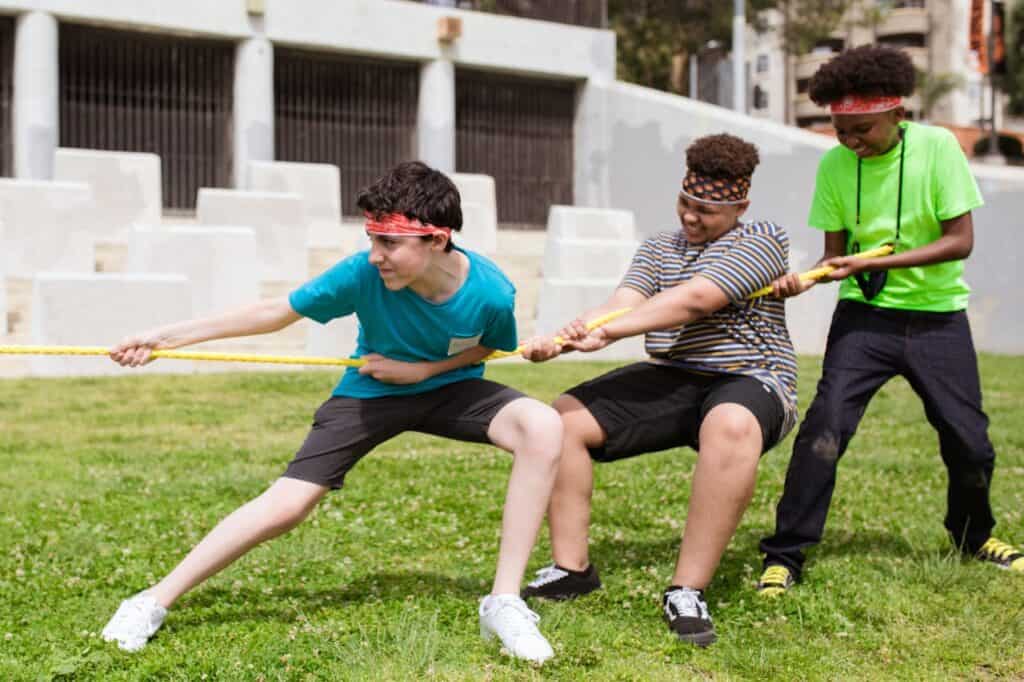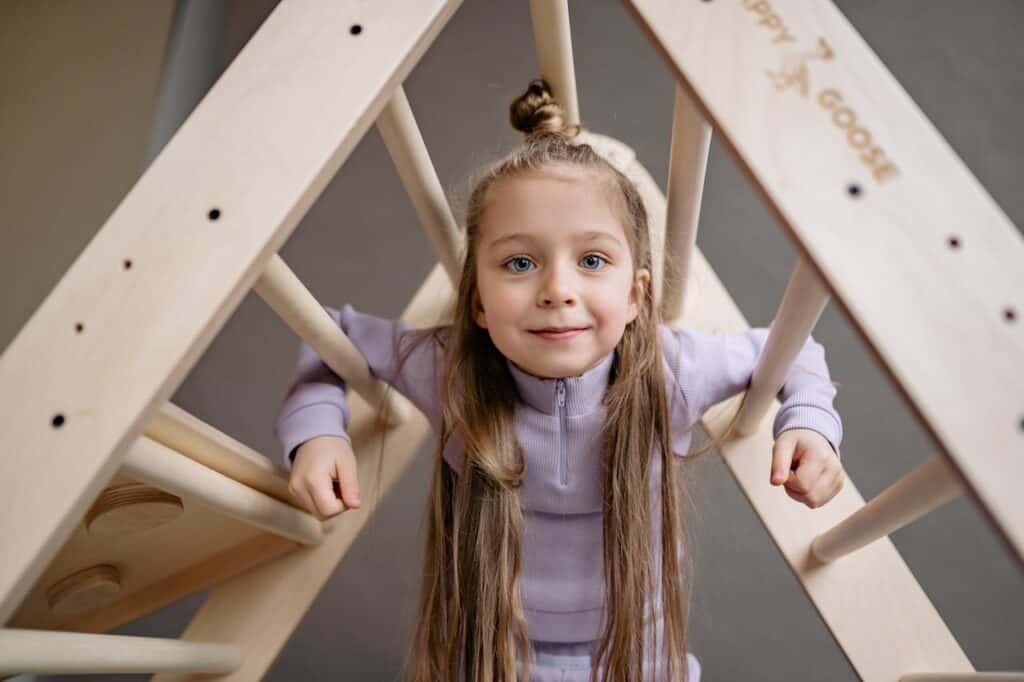They Never Stop Moving: Raising Kids with Energy for Days
Some children seem powered by nuclear reactors, bouncing from activity to activity without pause. If your kid makes other parents tired just watching them, you’re dealing with a high-energy child who needs special strategies.
Accept That This Is Their Normal

High-energy kids aren’t broken or poorly behaved; they’re wired differently than calmer children. Their nervous systems need more stimulation and movement to feel regulated and comfortable. Fighting their natural temperament creates frustration for everyone involved. Embracing their energy instead of suppressing it leads to better outcomes for the whole family.
Build in Movement Breaks

Schedule physical activity like medicine throughout the day for optimal functioning. Dance parties before homework, jumping jacks between activities, or walking meetings for serious conversations work well. Their brains work better when their bodies move regularly throughout the day. Movement isn’t optional; it’s essential for their success and happiness.
Create Sensory Outlets

Provide tools for appropriate sensory input: stress balls, fidget toys, textured fabrics, or safe chewy jewelry. These help them self-regulate without disrupting others or getting into trouble. A sensory toolkit prevents meltdowns and helps them focus when sitting still is required. These tools become essential coping mechanisms.
Set Up Safe Spaces for Big Energy

Designate areas where wild movement is allowed and encouraged: basement dance floors, backyard obstacle courses, or trampoline zones. They need places to release energy without constantly hearing “stop running” or “calm down.” These spaces become sanctuaries where they can be themselves without judgment or restriction.
Use Their Powers for Good

Channel their energy into helpful activities: carrying groceries, rearranging furniture, or vigorous cleaning tasks that need doing. They feel useful while burning energy, and you get genuine assistance with physical tasks. This builds self-esteem while meeting their movement needs and contributing to family life.
Plan Ahead for Sitting Still

Before appointments, restaurants, or quiet activities, let them run around extensively to tire them out appropriately. A tired high-energy kid can sit still longer than one who’s been cooped up all day. Preparation prevents problems and sets everyone up for success in challenging situations.
Find Their Sport or Activity

High-energy kids often excel at athletics, martial arts, dance, or other physical pursuits that match their temperament. Finding their physical passion gives them positive outlets and builds confidence significantly. They learn to channel energy constructively rather than destructively, developing valuable life skills and self-discipline.
Remember They’re Not Trying to Be Difficult

Their constant motion isn’t defiance or attention-seeking; it’s how their nervous system works optimally. Punishment for natural movement patterns creates shame and doesn’t change their fundamental needs. Understanding and accommodation lead to better solutions than fighting their basic temperament and creating unnecessary conflict.





